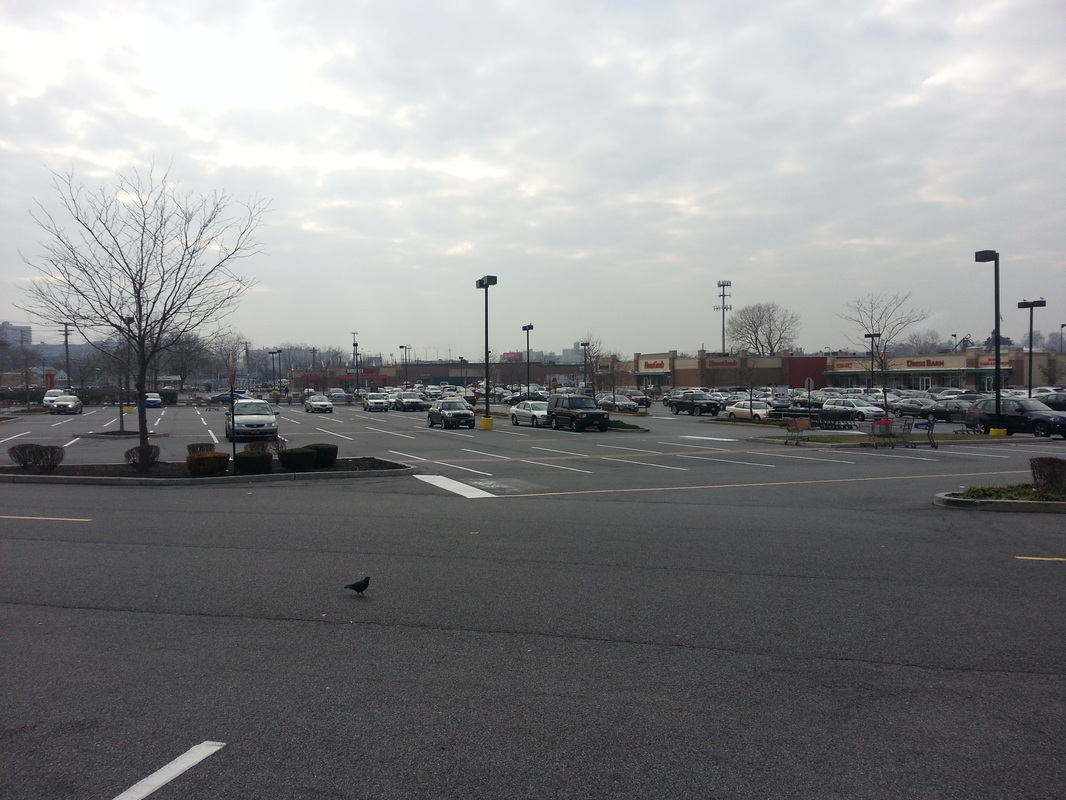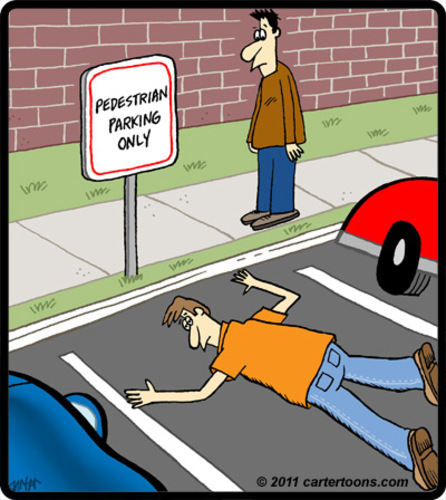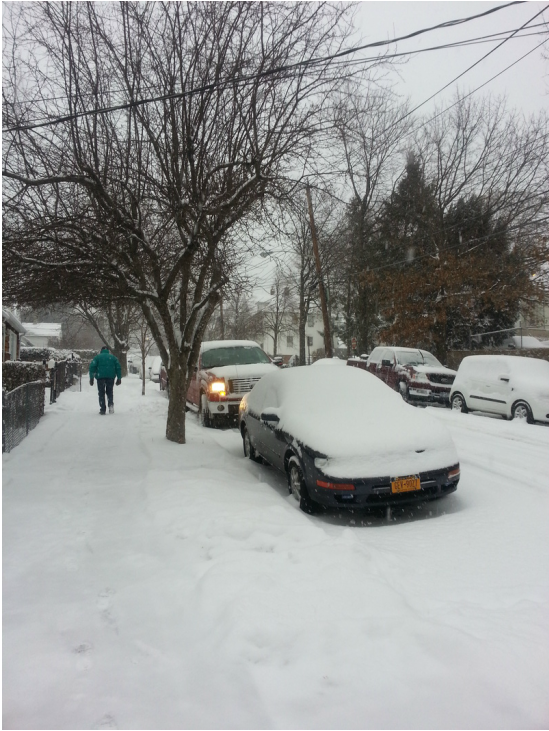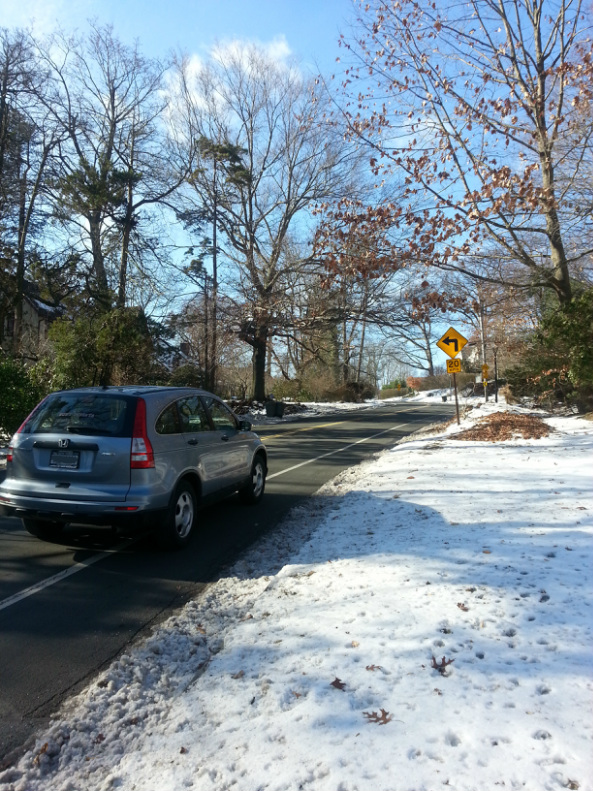There are various specifications on the internet about parking lot specifications. The city of Medford Wisconsin manages to write 16 pages about how to construct a parking lot without a single mention of pedestrians. They have quite a bit about landscaping and they do cover the need for handicapped parking. The University of Houston on the other hand devotes 60 pages to parking in its Campus Design Guidelines and Standards, and pedestrians are upfront and center in the first section beyond "General". I love that the section heading is "Pedestrian and Vehicular Circulation". People first! Nice!
Here's a short news piece from late 2013 claiming that in Montgomery County, Washington DC 80% of the crashes involving pedestrians are caused by driver error. Myparkingspace blog gives some stats although I suspect that not all injuries incurred are recorded as parking lot related. This is one of the issues generally with pedestrian injuries and deaths, not all hospitals have the same recording categories and many are recorded under categories where it is unclear if they were pedestrian related. That said, myparkingspace blog does note "an average of 206 people (drivers and pedestrians) were killed each year in work-related parking lot accidents" (I assume this is in the US). Work related accidents are one of those categories that generally do get well recorded but it make me wonder how many not work related crashes in parking lots involving pedestrians happen each year. The blog goes on to say that one of the main causes of these crashes is drivers pulling cars in nose first and then having to back out of spaces. So, where possible everyone, we should back into spaces (pedestrians are less likely to be in a parking space than they are to be in the traffic lane so this does make sense) and I am grateful for my reversing camera which lessens the chance of hitting a child, too short to be seen using mirrors or looking out the back window. And crash numbers are going up! While I don't have any stats to back up my hypothesis I strongly suspect this is related to texting - by both pedestrians and drivers.
And what of parking lot designs? So many have no pedestrian crossings, no walkways, nowhere in fact for pedestrians to walk except in traffic lanes. Why is this??? And often where there could conceivably be a pedestrian walkway it is used to meet landscaping requirements. Greening of lots is important but it should not be an either/or but rather a both/and. Some greening, some pedestrian walkways, and preferably permeable surfacing.
And just for fun.....




 RSS Feed
RSS Feed
